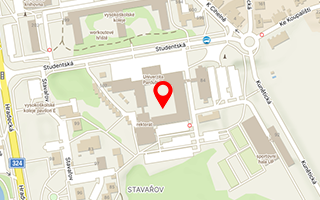- Introduction
Faculty of Electrical Engineering and Informatics
- Introduction
- Introduction
- Introduction
balloons in controlled airspaces. The system is designed for civilian and military application. The system integration to the airport security systems
is possible. The digital processing of the received signals employ the most advanced technologies and components including FPGA circuits
enabling system functions further extension with minimum requirements to physical circuit modification.
- Introduction
- Introduction
- Introduction
- Introduction
- Introduction
The objective of this project is to improve helicopter safety during the landing and take-off phases, with special focus on landing in unknown, and potentially dangerous, environments with poor visibility. To achieve this objective, the project will develop a system able to detect a wide arrray of obstacles in the vicinity of the helicopter. When the system detects obstructions, the system will alert the pilot and crew.
- Introduction
The goal of the project is to create an intelligent firewall application for industrial networks. This firewall will be part of the application, which will be communicating with the software defined networks controller.
The application will utilize principles of artificial intelligence specifically artificial neural networks. The firewall will work in two modes: learning and autonomous.
In autonomous mode the firewall will automatically perform filtering operations. These operations will include traditional ones (allow, deny) and more advanced ones as well (deep inspection on the application layer), message duplication, or flow classification for the QoS.

